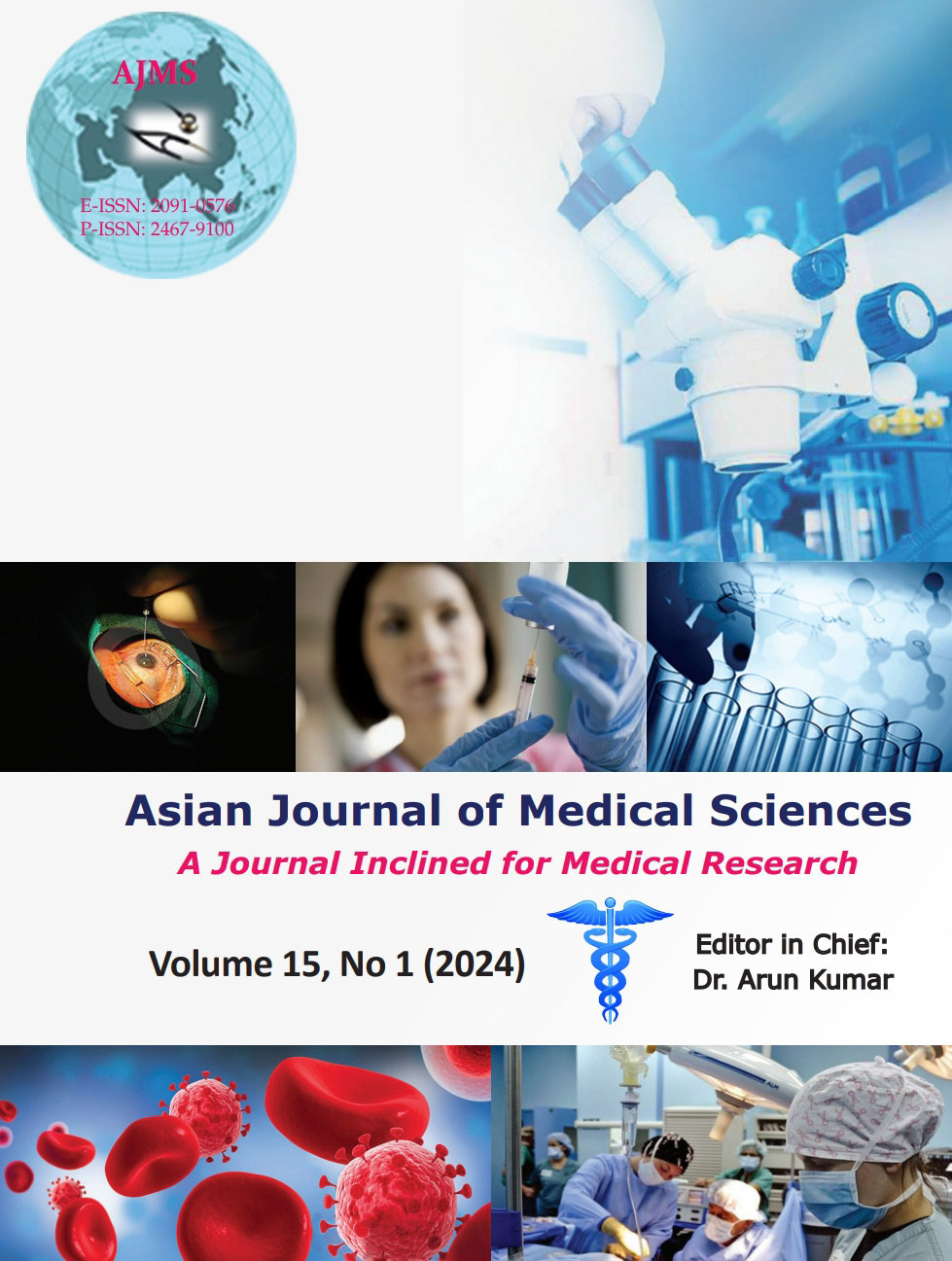Surgical management of renal calculi in cases of crossed renal ectopia: A rare case series
Keywords:
Crossed renal ectopia; Retrograde intrarenal surgery; PyelolithotomyAbstract
Crossed renal ectopia is a rare congenital malformation. Only 36 cases of crossed renal ectopia with calculus have been recorded in literature, even a few cases of urolithiasis in them have been surgically managed. The majority of cases in literature have been published as single case reports. We conducted a retrospective study of all the crossed renal ectopia cases admitted and managed in our department in the past 2 years. Among them, only one was without fusion. Youngest patient was 32-year-old male with crossed left kidney with calculus in the left kidney. Both the patients underwent retrograde intrarenal surgery (RIRS). Oldest patient was 80-year-old female with a right crossed kidney with pelvic calculus, who underwent open pyelolithotomy. Post-operative period was uneventful in all cases with complete stone clearance. Patients undergoing RIRS had less post-operative pain and were discharged early compared to open pyelolithotomy. RIRS is a safe and effective modality of treatment and can be considered as the first choice for the management of calculus in crossed renal ectopia in properly selected cases. However, in cases of huge stone burden and difficult anatomy, laparoscopic/open pyelolithotomy is still an attractive option for clearing the stone in a single setting, even though it has comparatively more morbidity and longer hospital stay.
Downloads
Downloads
Published
How to Cite
Issue
Section
License
Copyright (c) 2023 Asian Journal of Medical Sciences

This work is licensed under a Creative Commons Attribution-NonCommercial 4.0 International License.
Authors who publish with this journal agree to the following terms:
- The journal holds copyright and publishes the work under a Creative Commons CC-BY-NC license that permits use, distribution and reprduction in any medium, provided the original work is properly cited and is not used for commercial purposes. The journal should be recognised as the original publisher of this work.
- Authors are able to enter into separate, additional contractual arrangements for the non-exclusive distribution of the journal's published version of the work (e.g., post it to an institutional repository or publish it in a book), with an acknowledgement of its initial publication in this journal.
- Authors are permitted and encouraged to post their work online (e.g., in institutional repositories or on their website) prior to and during the submission process, as it can lead to productive exchanges, as well as earlier and greater citation of published work (See The Effect of Open Access).




